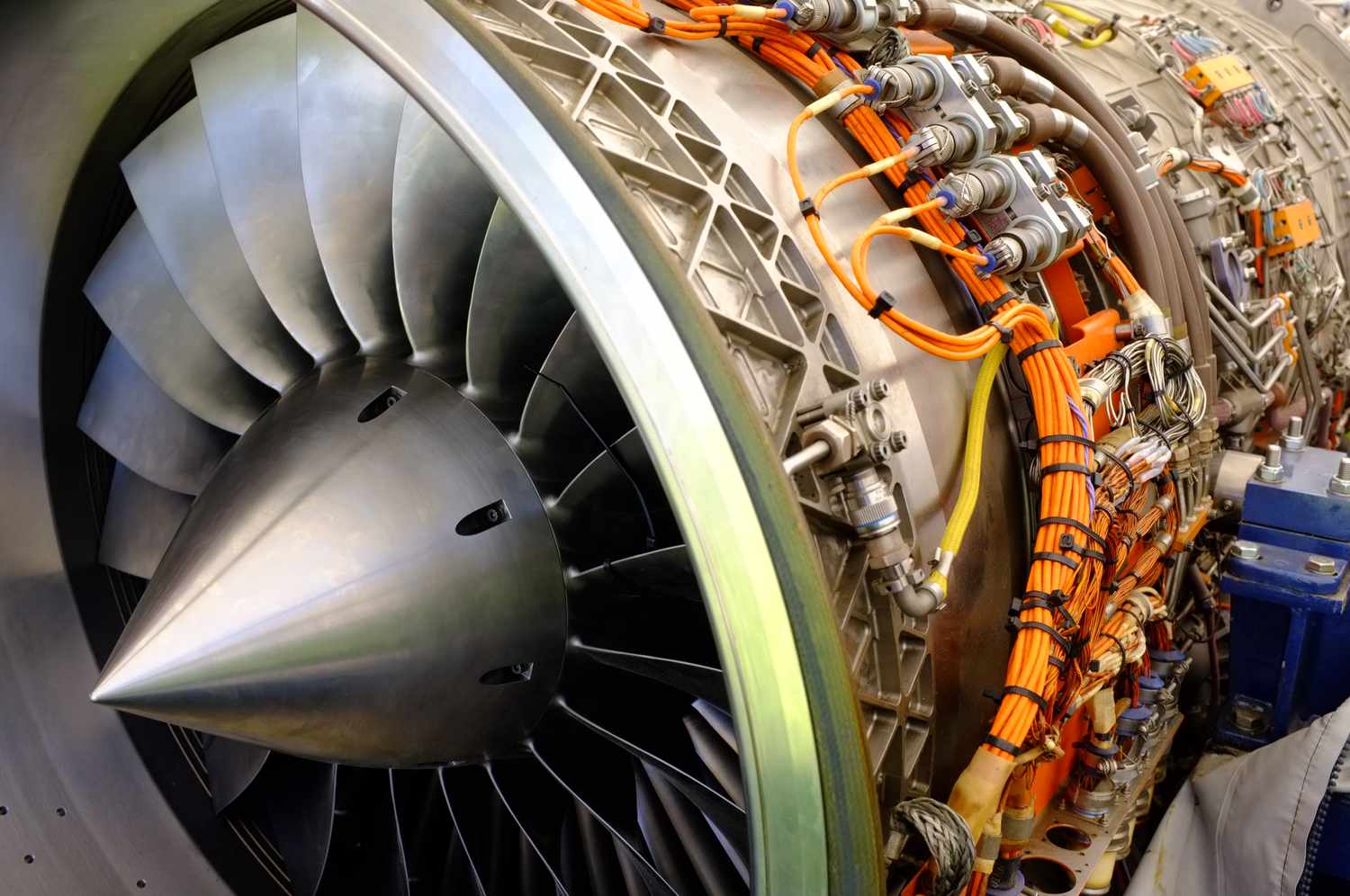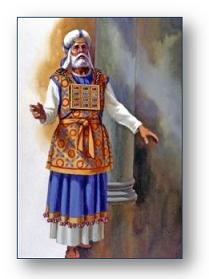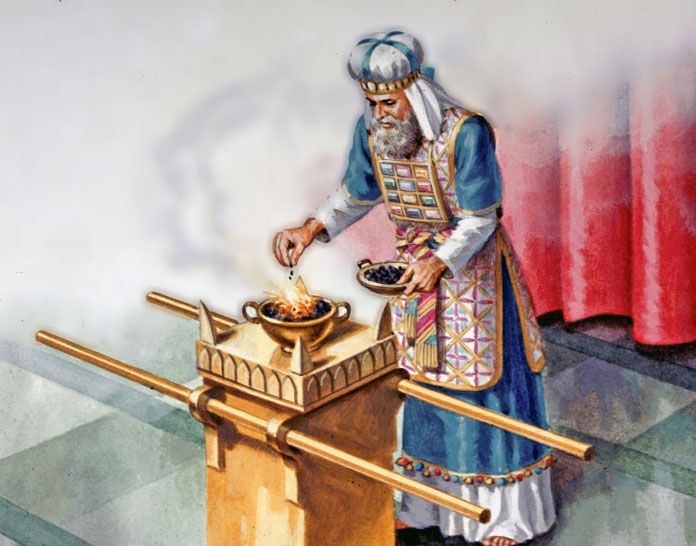All Systemes Go!

While reading this week's portion of Tetzaveh, I couldn’t help thinking about the time I spent working at Boeing in Seattle. It was quite a few years ago that I worked on the manufacturing of the new Boeing 787 as the first prototypes were being manufactured and assembled. For me, everyday at Boeing was like going back to school. Everyday I would learn something new and amazing and I spent every moment of the two years I worked on that project just sucking up every piece of knowledge about engineering practice that I could.
One thing that amazed me was how many times they would check and recheck every part, every assembly, every installation - no matter how small - no part of the airplane was insignificant. Every single part had to be checked, rechecked and then checked again before being signed off. Every installed part, wire and hydraulic hose had to be inspected again and again.
When you think about it it is obvious that such strict procedures should be in place otherwise we will have airplanes falling out of the sky very regularly. In fact it is amazing that these complex machines come together to provide one of the safest means of transportation. Everything must work together as one massive machine in order to safely lift this massive machine off the ground and carry people all around the globe safely.
This week's portion goes into minute detail, I would dare to say laborious detail, about the building of the Mishkan - that Tabernacle. It repeats again and again the same instructions for construction and dismantling of the Mishkan to the point where it becomes wearisome.
The Tabernacle is an instrument that connects heaven and earth. In order for it to work correctly it must be put together correctly - there is only one test, it either works or it doesn’t. How do we know if it works, as described, fire comes down from the heavens and incinerates the offerings on the altar. If this doesn’t happen, it’s not working.
In 1988, the Soviets sent two satellites to explore Mars and its moons. The satellites were powered by solar energy, and for that purpose they occasionally had to change their wing angle according to instructions received from earth. A daily communication lasting a few seconds was sent to them containing thousands of commands in computer code. These commands had to be checked on a daily basis, line after line, and then rechecked, so that no error could creep in. One day, someone erred and entered one incorrect letter in one of the lines of the programs. Two days later it was discovered that the satellite had shut down, was unable to change its wing angle, had depleted its batteries, and all contact was lost.
An incredibly expensive spaceship was lost, all because of an error in one word, in one line, which caused it to shut down. It probably still exists somewhere in space, but it is a useless piece of junk that has no purpose. It changed from a significant object that could have done much good to a worthless piece of space junk.
Likewise it was with the Tabernacle. The Midrash relates that on each of the seven days of investiture, Moses would erect and dismantle the Tabernacle twice. After months of building the Tabernacle, and even though all appeared to be in order, everything seemed to fit together perfectly, the tabernacle was dismantled and rebuilt again and again. For Moses, the fact that everything fit together perfectly was not sufficient. Maybe it does not stand securely. They checked everything, assembling and dismantling everything - the question was, does it work?
On each of the seven days of investiture, The Tabernacle was assembled. Aaron entered, bringing the korban - sacrifice. Each time nothing happened, so the tabernacle was dismantled. It was impossible to know where the error had crept in, so everything had to be taken apart and reassembled with extra care. Rashi and other commentators note that it wasn’t until the eighth day that Aaron entered the tent with Moses and prayed, that the heavenly fire finally descended upon the altar.
The passages that describe the Tabernacle proceedings are so full of details and yet are also considered some of the most boring parts of the Torah. The details are repeated again and again. The Torah elaborates on the garments worn by the high priest - why must it go into so much detail regarding the pants worn by the priest?
When an ordinary garment is sown, it makes little difference if the seam is off by a few millimeters. However, when a diving suit or a space suit is pieced together, if it is not sewn together exactly according to specifications, even a tiny tear may prove disastrous. Aaron is told that he must not enter the sanctuary without wearing the garments, “so that he not die” (Ex. 28:35). In essence the Torah is telling Aaron that this is not a test - he is dealing with a mighty flame, with the holy of holies. The deaths of the sons of Aaron is related directly to this point. They thought that they were entering the sanctuary to deal with a simple matter, yet they made one mistake and died as a result.
At certain times, such as Yom Kippur, entering the sanctuary was such a terrifying prospect that they would tie a rope to the foot of the High priest who entered, so that he may be pulled out if he dies inside. The actual space of the sanctuary was not scary; at most times, artisans could enter without any fear to maintain the sanctuary. However at other times, it was like electricity, all the fuses were lit and the current flowing, one wrong step and it could result in death - therefore the instructions had to be followed to the letter - the priests were dealing with a force that they couldn’t comprehend.
In parashat Tetzaveh we see that there are functions that are indispensable for the Tabernacles overall structure to work and achieve its purpose; without them it simply does not respond. The entire portion deals with the service of the sanctuary - the inner proceedings of the Tabernacle. What allows the system to operate is the inclusion of the human component, the people themselves, who are charged with ensuring that the walls do not remain merely walls but much more than that.



Comments